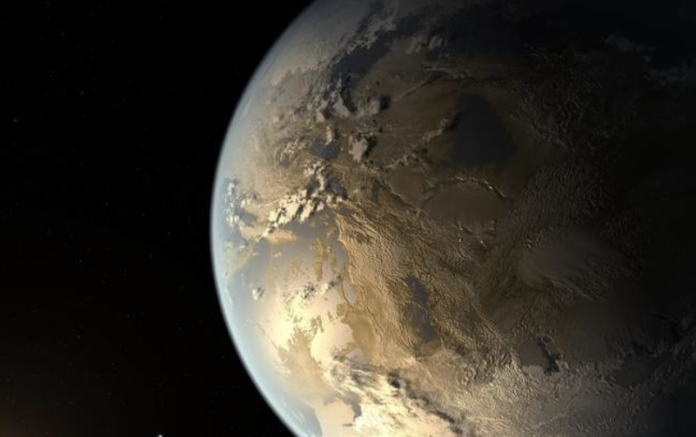На жаль, наші знання про життя свідчать про його невід’ємну залежність від води. З цього простого факту виходять астрономи та астробіологи, зосереджуючи свою увагу на пошуку екзопланет, на яких може існувати рідка водяна сфера. Водяні резервуари можуть бути розташовані на поверхні планет, де тепло від зірки-господаря утримує воду у рідкому стані. Але також можливість існування внутрішніх рідких океанів, прихованих під товстим шаром льоду, не виключена.
Новий аналіз, проведений НАСА, вказує на те, що з 17 виявлених екзопланет можливо володіють внутрішніми океанами, захованими під льодовим покривом. Ці світи, схожі на льодяні супутники Юпітера, можуть представляти об’єкт для пошуку біосигнатур – хімічних слідів життя.
Хоча склад цих світів залишається загадковим, оцінки температури їхньої поверхні, отримані попередніми дослідженнями, свідчать про їхню значну холодність порівняно з Землею. Крім того, їхня щільність менше, ніж у Землі, незважаючи на подібний розмір.
“Наш аналіз вказує, що поверхня цих 17 планет може бути покрита льодом, але вони можуть отримувати достатньо внутрішнього тепла від радіоактивного розпаду та приливних сил, зумовлених зіркою, для утримання внутрішніх рідких океанів”, – зазначає Лінне Квік з Центру космічних польотів імені Годдарда НАСА.
Іншими словами, хоча зірки-господарі не можуть забезпечити достатню кількість тепла для утримання води в рідкому стані на поверхні цих планет, процеси, що відбуваються у їхніх глибинах, можуть забезпечити внутрішнє тепло. Наприклад, гравітаційні взаємодії зі зіркою можуть призводити до розтягування та стискання гірських порід усередині планети, забезпечуючи значну кількість внутрішнього тепла – достатню для підтримки внутрішніх океанів. Розпад радіоактивних елементів у ядрі планети також може внести внесок у внутрішнє тепло.
“У зв’язку з внутрішнім нагріванням усі планети в нашому дослідженні можуть демонструвати кріовулканічні виверження у вигляді гейзероподібних шлейфів”, – додає Квік.
Дослідження ґрунтується на знаннях про гейзерну активність двох супутників Юпітера – Європи та Енцеладу. Дві екзопланети, які названі в рамках цього дослідження – Проксіма Центавра b та LHS1140 b – виявилися особливо перспективними кандидатами на наявність внутрішніх океанів, розташованих поруч з поверхнею.


